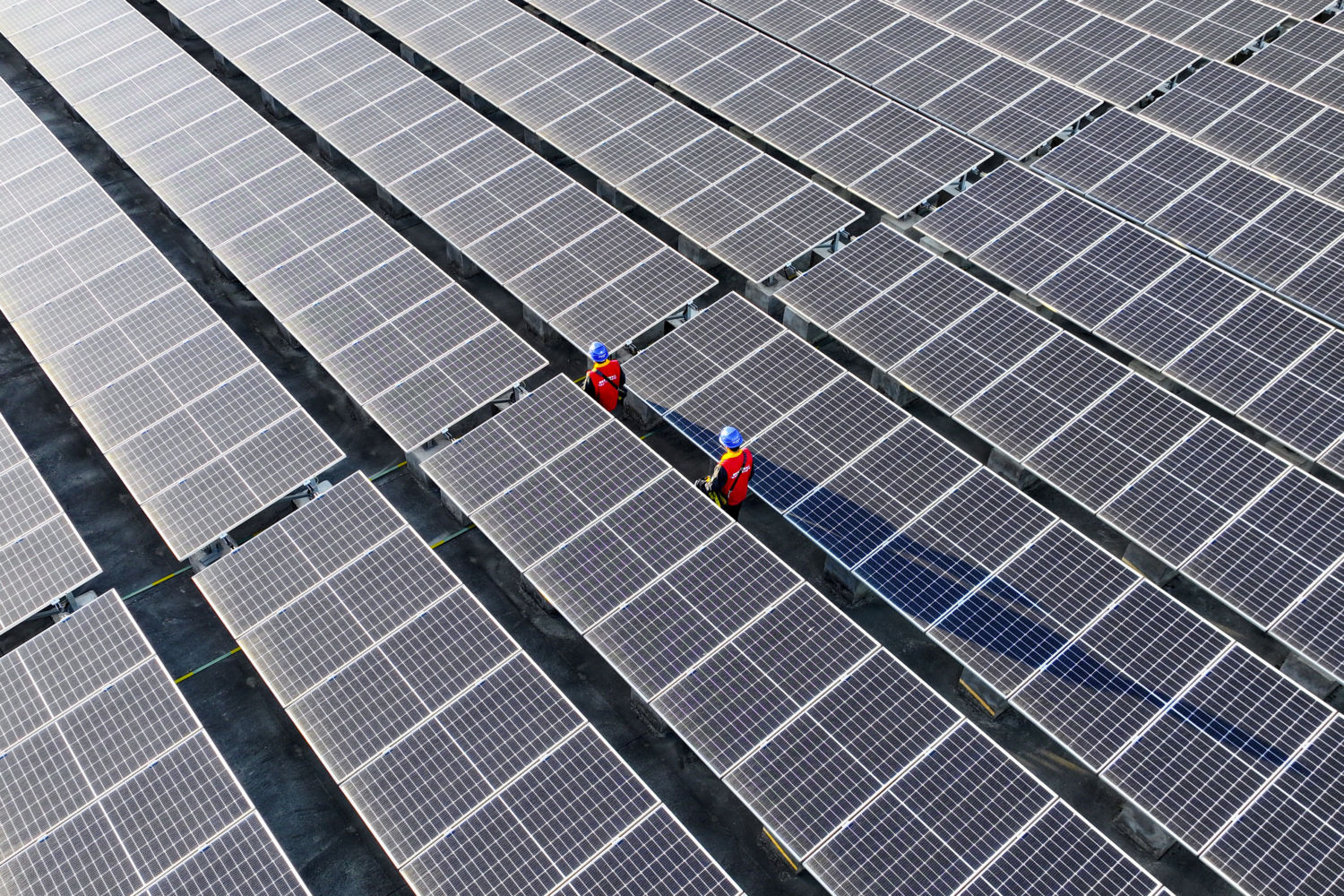China is rapidly expanding its clean energy capacity, adding as much renewable energy in the first half of this year as the UK produced from all sources last year. This surge in renewable energy, particularly in solar and wind, is helping China reduce its reliance on coal and gas, with a 5% drop in electricity generation from these fossil fuels in July, according to data from the Centre for Research on Energy and Clean Air (CREA).
The trend reinforces China’s commitment to green energy and marks significant progress in global efforts to combat climate change.
China’s growth in renewable energy has been staggering, with record-breaking amounts of solar and wind power being added. In 2022, China installed 293GW of wind and solar capacity, and last month, renewable capacity surpassed coal-fired electricity.
Forecasts suggest that by 2026, solar power will surpass coal as China’s primary energy source, signaling a major shift in the global energy landscape and potentially providing a much-needed boost in efforts to avert climate catastrophe.
The clean energy boom has extended beyond electricity generation to electric vehicles (EVs), with hybrids and fully electric cars comprising over half of all new models sold in July. Additionally, China’s steel industry is also transitioning, with no new permits issued for coal-fired plants in the first half of 2023.

These changes have led analysts to suggest that China’s greenhouse gas emissions may have already peaked, possibly as early as February 2023, marking a critical turning point for the world’s largest emitter of carbon dioxide.
China’s emissions, which account for roughly a quarter of the global total, have nearly tripled over the past two decades. However, analysts believe that if the Chinese government continues to push for renewable energy, the country’s emissions could peak by 2025, earlier than its official target of 2030.
This accelerated timeline would be crucial in limiting global warming to 1.5°C above preindustrial levels, a goal that remains technically feasible but increasingly challenging.
Emissions reductions have already been observed in China, with carbon dioxide output from energy use and cement production declining by about 1% in the second quarter of 2023.
Power sector emissions dropped by around 3%, while cement production and oil consumption fell by 7% and 3%, respectively. If renewable energy continues to replace coal, China could see a continued decrease in emissions in 2024, potentially making 2023 the peak year.
Despite these positive trends, uncertainties remain. Economic fluctuations, particularly in the construction sector, could lead to an increase in emissions if stimulus measures revitalize carbon-intensive industries such as concrete and steel production. While renewable energy is growing, coal still provided 60% of China’s power in 2023, and new coal plants continue to be built, which could delay the emissions peak.
The outcome of China’s emissions trajectory may also be influenced by external factors such as the US presidential election. If Donald Trump wins and withdraws the US from the Paris Agreement, global climate efforts could be disrupted. Alternatively, if Trump loses, China may face increased pressure from the US to agree to more ambitious emissions cuts, further shaping its clean energy future.

